Unpicking mindless drinking and regimented tasting through a series of unrelated events
The bane of the husband’s existence is my insistence on bringing our festival glasses home at the end of the drinking sessions. You know, the ones that are part of your entrance ticket, alongside those snazzy wristbands. The ones that are often heralded as limited edition, specially produced yours-to-keep glasses. “Do we really need another glass?” is usually the query, knowing full well, my answer would be “Yes. Yes, we do”.
Don’t tell him I said that, but he has a point. We do seem to have a lot of glasses.
When it comes to glassware in our house, the husband and I are pretty much on the same page: the beer / cider / wine / spirit ought to be served in the right glass. I fully subscribe to the Belgian way of drinking – if there is no matching glass, I’d rather drink something else. And as such, the husband’s question had some framework to it, I guess, considering what typical festival glasses are.
Ever been served a Belgian Blonde in a Nonic pint glass? No, you haven’t. Or at least you shouldn’t have been. First of all, Belgian beers are meant to be savoured, in smaller amounts, and drunk slowly over the course of an evening, and not chugged by the pint; and secondly (or more importantly) they wouldn’t smell or taste right.
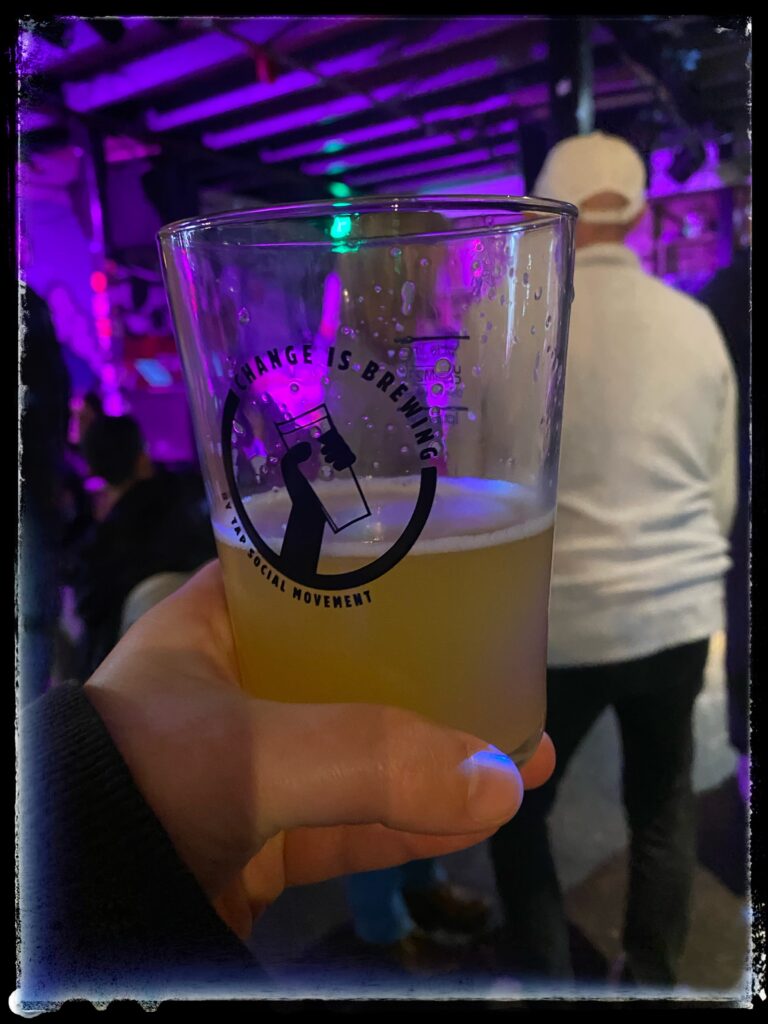
The brewers of a beer have spent time in crafting a certain aroma and flavour profile of said beverage, so underlining it with the appropriately designed glass, enhances and continues the overall enjoyment of the beer.
However, most festival glasses are not designed to bring out the best of the drink it will eventually contain. That’s an impossible task to ask of a single glass, as beer, wine and cider festivals tend to pour an array of styles. Instead, if you’re Belgian, you may want to skip to the next paragraph, festival glasses are typically designed to endure frequent use and heavy handling during a couple of hours, and are usually shaker pint shaped, i.e., long straight-ish cylindrical glasses. They come in various sizes, but most of the ones we[i] have collected over the years hold up to 2/3 of a pint. Another favourite shape seems to be the stemless wineglass bowl, with its wider body and narrow opening. Different shape, different problems, same thoughts, but otherwise that’s pretty much it.
So why, in the name of all that is holy, do I insist on bringing those glasses home you may ask. And you would be right to do so.
When it comes to festival glassware, I wouldn’t want to change them for anything in the world. I go to a festival to enjoy the drinks on offer, without going too deeply into evaluating whether they fit a certain style, deliver what they promise “on the label”, or are too bitter / sweet / dry / spicy / dank / *insert any other descriptor* for the market section they are meant to be marketed too. I want to drink some quality beers / ciders / wines / spirits.
Oh, and chatting to brewers and makers behind the drinks is awesome. Is there anything more amazing than to talk to some who made the drink they just poured you? Think about it – take your time, I’ll wait.
Overall, festivals are about enjoying what others have made and consuming the drink, hopefully, in their company while shooting the breeze. The glass I’m holding doesn’t matter too much in this environment. It’s not meant to meant to.
And the reason for bringing those glasses home? They remind me of the events, the times spent with friends, the new beers I’ve tried, the old ones I have returned to. And, maybe water just tastes better out of a colourful festival glass, there I said it. You may want to test this for yourself.
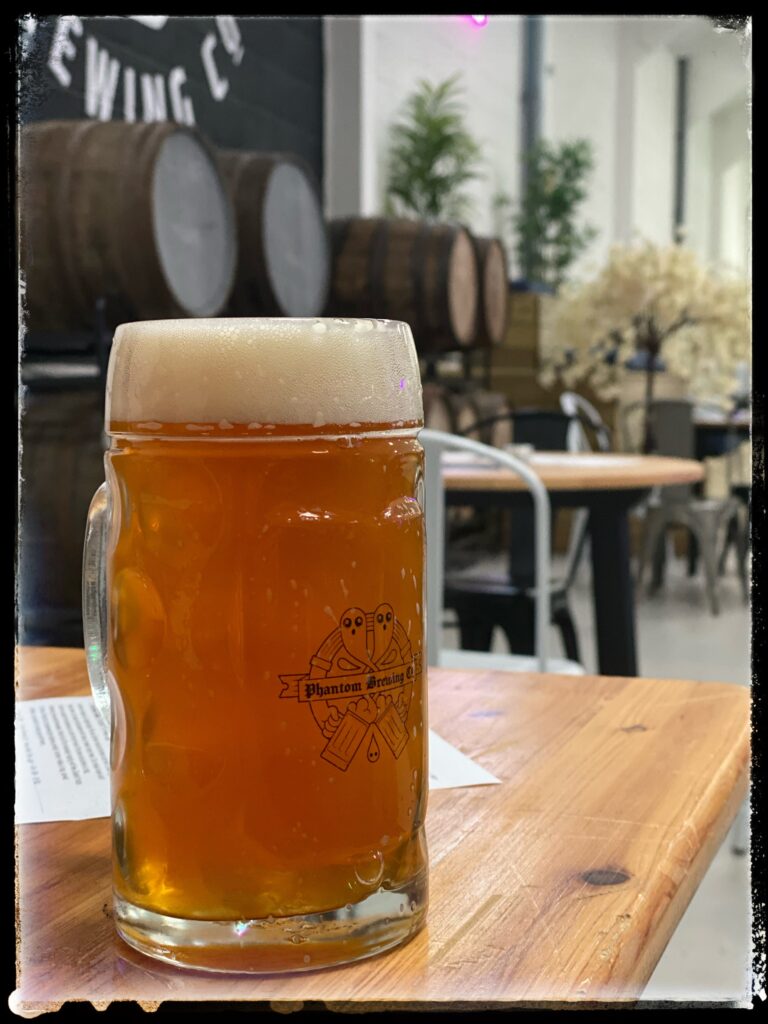
You might have guessed it, but I like to fuss over my drinks. I like to watch them being poured and arrive in front of me. A cascading stout is quite a sight, and watching the carbonation rise from the nucleation points in a glass is extremely soothing to the soul.
Contemplating what I’m about to pour down my throat offers a moment of serenity in an often loud, chatty social bar or pub environment. And it is fun to talk about beer, cider and wine. Alcohol is often seen as a social lubricant, ideally suited to be discussed with others, so why not use it as such.
As much as I enjoy thinking about and analysing what’s in the glass, there are times, I simply want to enjoy the liquids and switch my tasting brain off, but I’ll never drink mindlessly.
A few weeks ago, the husband and I cycled to a local cask ale festival. We parked the bikes in the beer garden, next to a table in the glorious autumn sun and perused the beer list. The husband knew straight away what he wanted – he can spot a golden ale a mile away, but I wasn’t sure which direction I wanted to go in first. Pale Ale? Golden? Amber Ale? Mild? Bitter? Session IPA? Stout? IPA? Porter?
I eventually settled for one of the bitters, knowing full well, I would not be able to resist the urge to taste the beer and analyse it.
“[…] Drinking is mindless and unstructured, while tasting has rules. […]”[ii]
As a German, I love rules[iii], which is why, perhaps, I am drawn to the more analytical tasting, than the mindless drinking. But then, come to think about it, I’ve left the mindless drinking behind years ago, when I had my last Red Red [iv].
I drink a beer, cider, spirit or wine because I want to explore the aromas, the flavours, the culture and the history of a beverage. I don’t drink to get drunk.
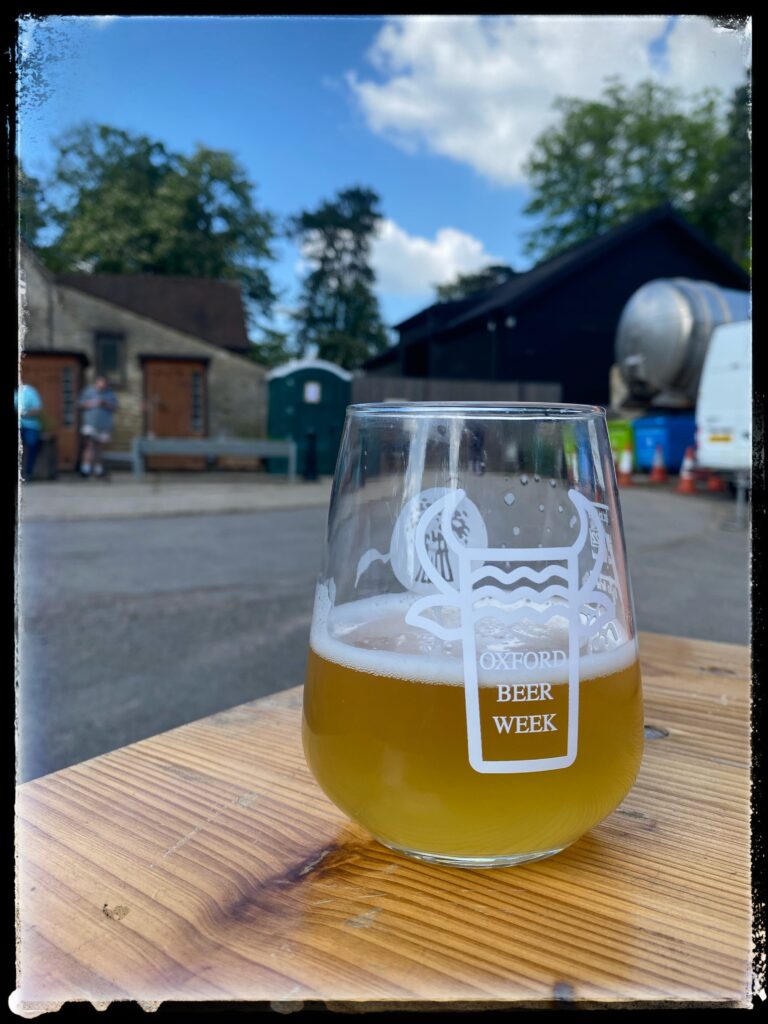
And on that day, in that pub beer garden, in the autumn sun, I was drinking cask ale to enjoy what cask ale can offer. I wanted to smell the malt, the yeast, the hops. I wanted to see the colours. I wanted to savour every sip.
To me drinking is not mindless, it involves some thinking, even pondering what’s in front of me, but I understand where those words originate from.
A Pils simply tastes better in a tulip glass, complete with Pilsdeckchen.
Pilsdeckchen? You know those paper beer doylies around stems of Pilsner glasses? I’m not sure what the English name would be to be honest. Germans also know them as Bierrosette, Pilsrosette, Bierkragen, Pilskragen oder Tropfenfänger. They are made from absorbent paper to catch any drips that the drinker may find annoying. They are also perform a communication function to help identify what’s in the glasses when they are brought to the table. German efficiency at its best meine Freunde! It’s basically a very quick visual cue, where glasses filled with beer alone will have the paper showing the brewery’s logo for example and glasses which contain Radlers (or beer shandies for my non-German speaking friends) will have the doylies blank side up.
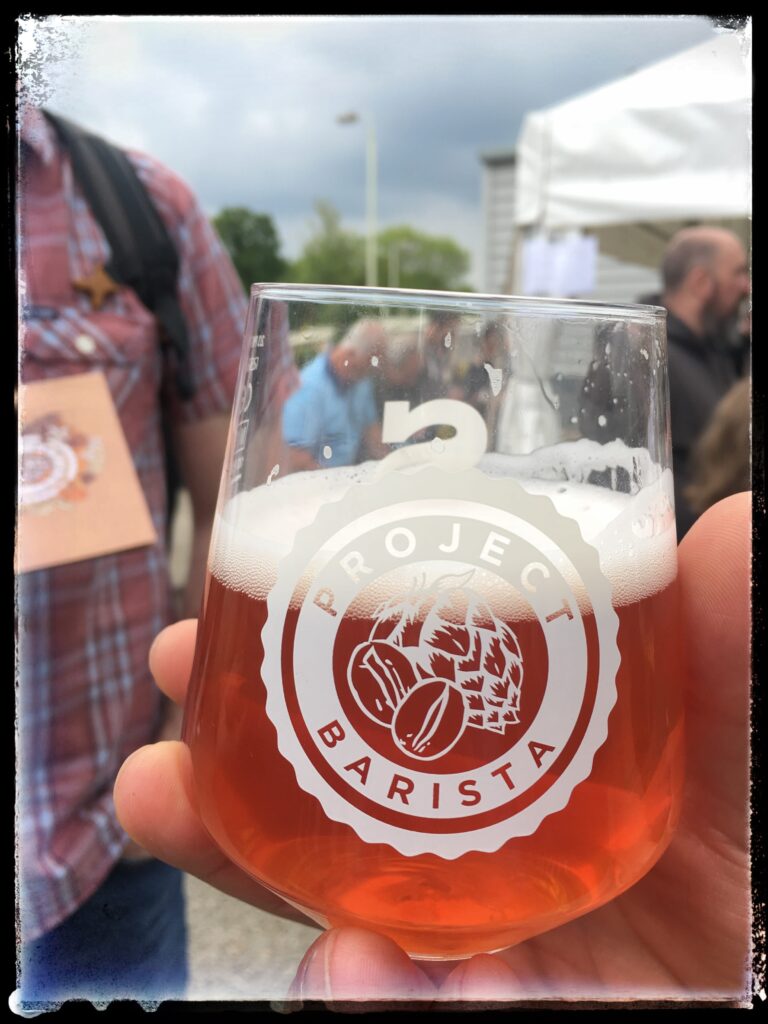
Anyway, a properly poured and presented Pils engages all my senses at once: watching the carbonation, smelling the hops, malt and yeast, tasting their combined efforts, hearing the bubbles gently burst on the surface, a thick fluffy head leaving a delicate lacing… yes, beer can be that sensual, even if it is a clean, crisp, rational, analytical German Pils.
The glass it is served in matters – a bottom-fermented beer in a Nonic pint doesn’t quite stand up to those heroic standards, but then I am biased.
Tasting and judging takes patience, effort, concentration. It can range from clinically organised to casually free-flowing, depending on the purpose of said judging.
When I’m tasting or judging beer, cider and wine, even if it is on the more casual end of the spectrum, I prefer an official ISO 21.5cl tasting glass, but I have tasted from red wine glasses, plastic tumblers and Teku’s before. The shape and size of the International Standards Organisation or ISO tasting glass works best for me, allowing a large enough quantity of the liquid with enough room to evolve, but a different shape may work better for you. Afterall, that’s what they are designed for.
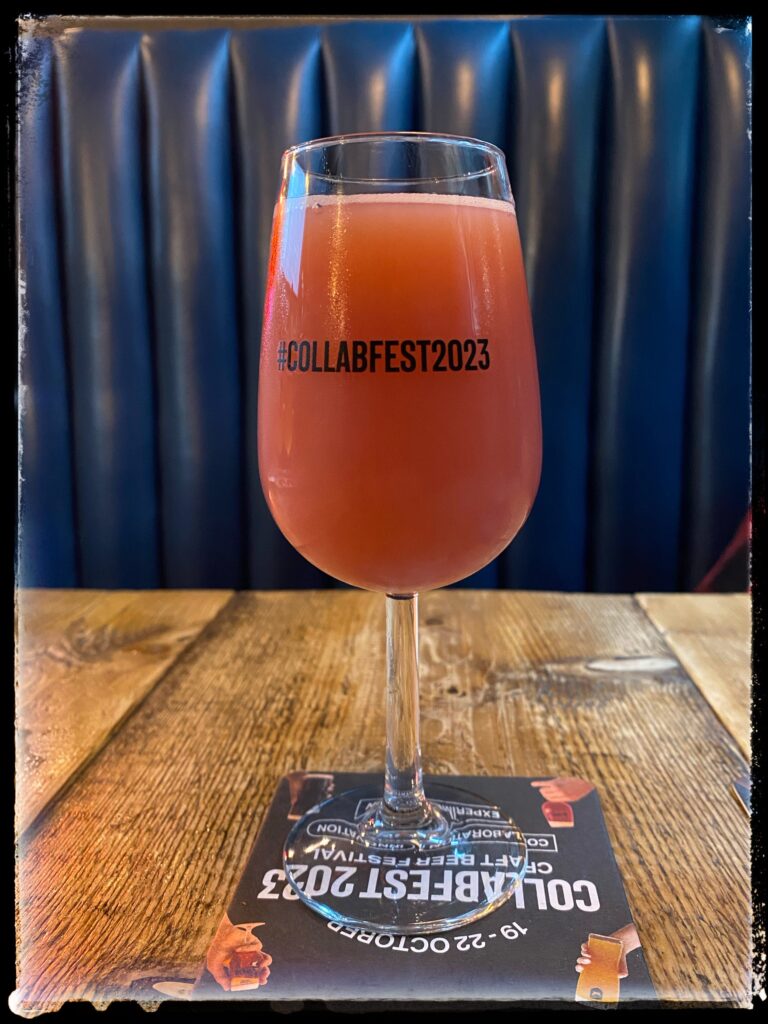
Do I recommend you use one too for casual drinking and/or systematic tasting? Well, in all honesty, you know what works for you, so if you prefer a pint glass, a beer boot, a Seidel, cow horns or a dimpled mug, it’s your prerogative, unless you’re not in control of choosing you drinking vessels and they are provided to you, in which case, suck it up sunshine. Drinking, tasting and judging is something extremely personal, and I don’t know what your references are. So if you’re after the ideal tasting glass, try a few shapes and sizes and see which provides you with the most satisfying experiences. Afterall, drinking should evoke pleasure and fun.
I cracked open a 330ml can of cider last night, poured it into a glass I purchased in a French supermarket last year (oui oiu c’est vrai) and sat back at the table. The husband, sitting across from me, sipping on a glass of red wine, looked at me: “Why are you drinking it out of a brandy glass?”
The cider in question was a full juice, slightly hazy number, made from tannic bittersweet apples, fermented dry, with enough fruit and Brett on the nose to make you drool uncontrollably.
The brandy glass, also known as a snifter or, indeed, a cognac glass (likely a more fitting association considering where I obtained it) is a type of stemware glass with a bulbous round bowl and a relatively narrow opening at the top, considering it’s width at the bottom. Therefore, the glass is ideally suited to hold the aromas of brandy or cognac, and concentrating them towards the top of the bowl, ready for the drinker’s nose to appreciate them.
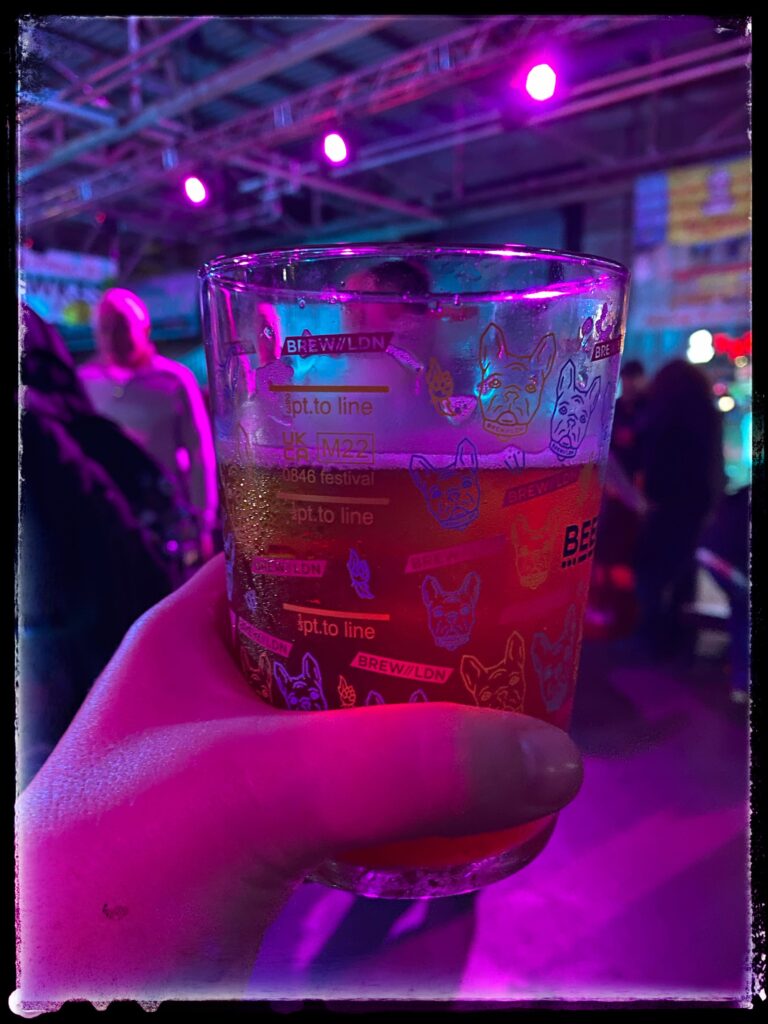
Why am I drinking cider out of a brandy glass? Because I can, and I like to. Because it offers the right experiences for the moment. Because I was drinking to satisfy my hedonism. And because, even though we have an army of festival glasses, I wanted to drink my cider from an unassuming French supermarket brandy glass.
I did not respond to his question, but instead inhaled the aromas and handed him the glass.
“Oh… now that’s good!” was all it took.
Macht’s Euch fein
Wassail
xxx
[i] Yes, we. Not just me 😊
[ii] Randy Mosher (2017), Tasting Beer, 2nd Edition: An Insider’s Guide to the World’s Greatest Drink, p. 146
[iii] Yeah, I know, I know – shocking! Big surprise – huge in fact
[iv] Red Red = an abomination of a mixed drink, consisting of Red Bull and Smirnoff Red Label; consumed during my teenage years trying to convince myself that I liked it…
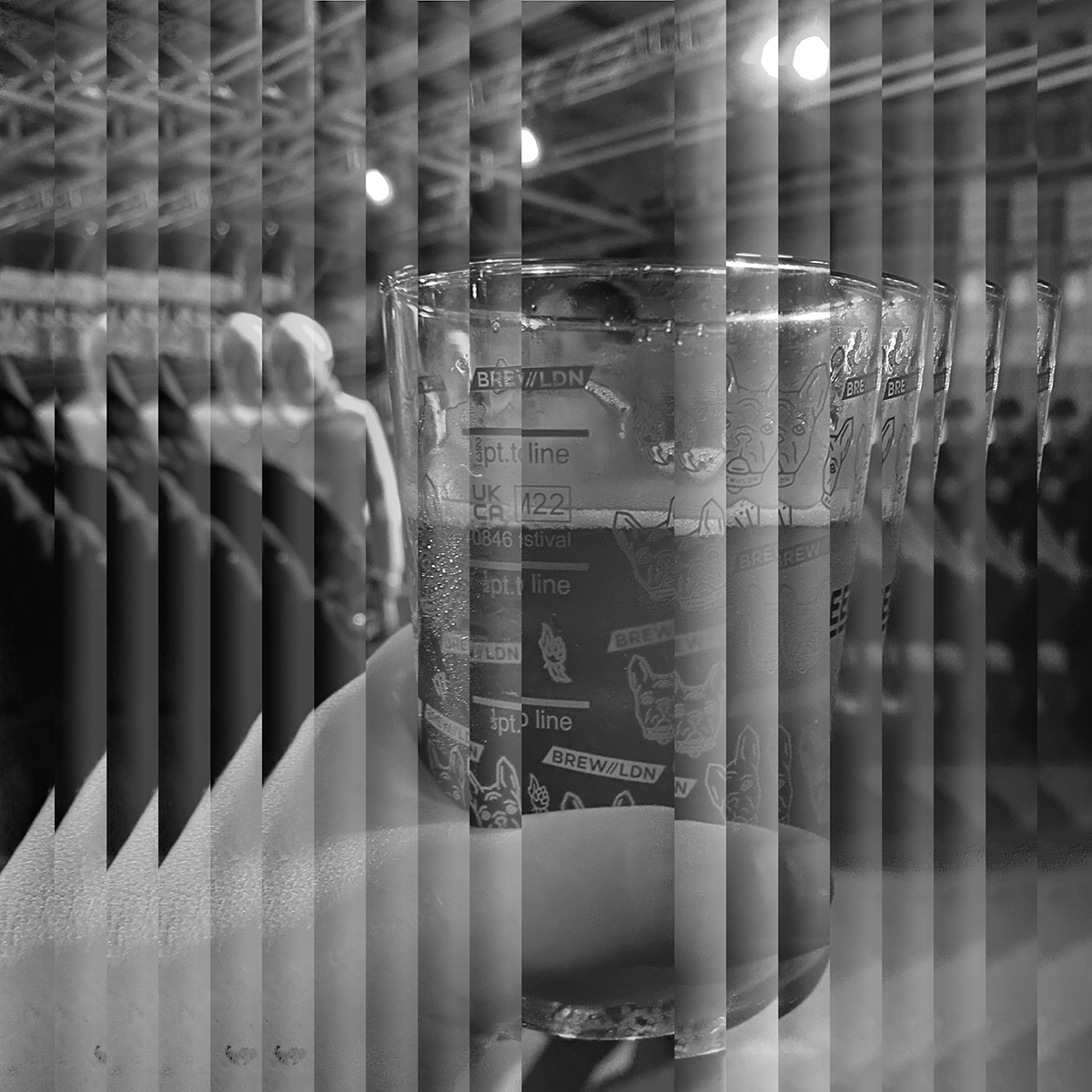
Leave a Reply